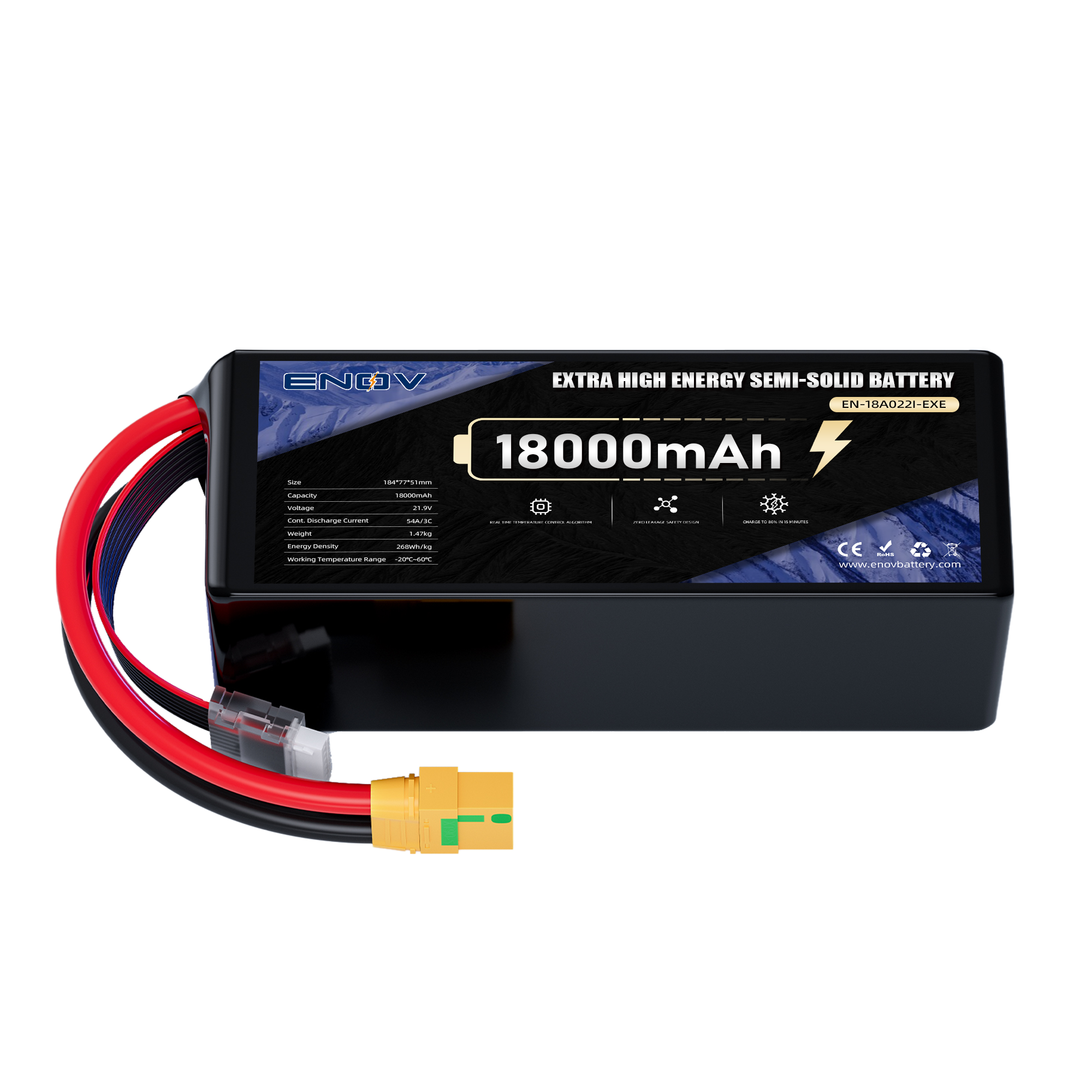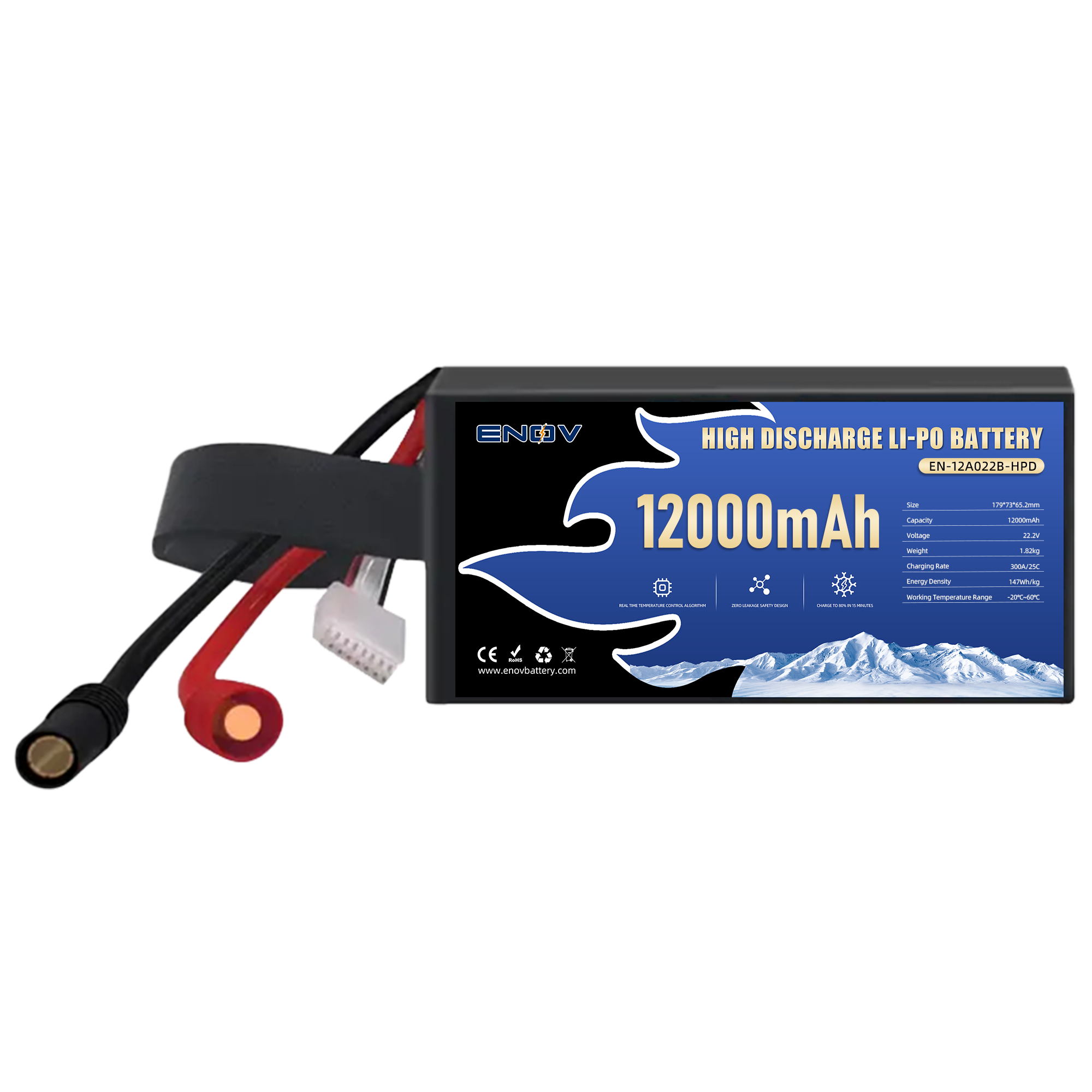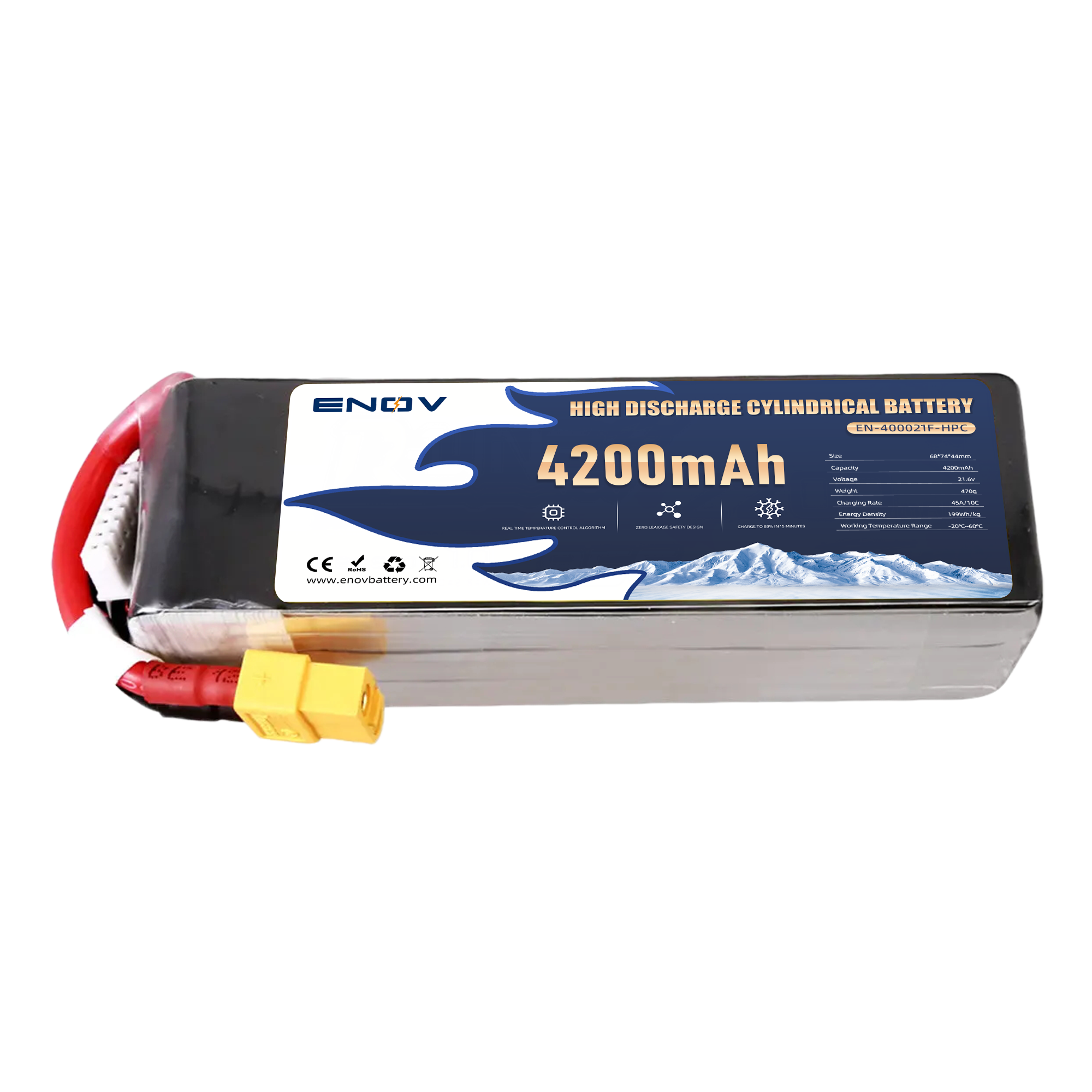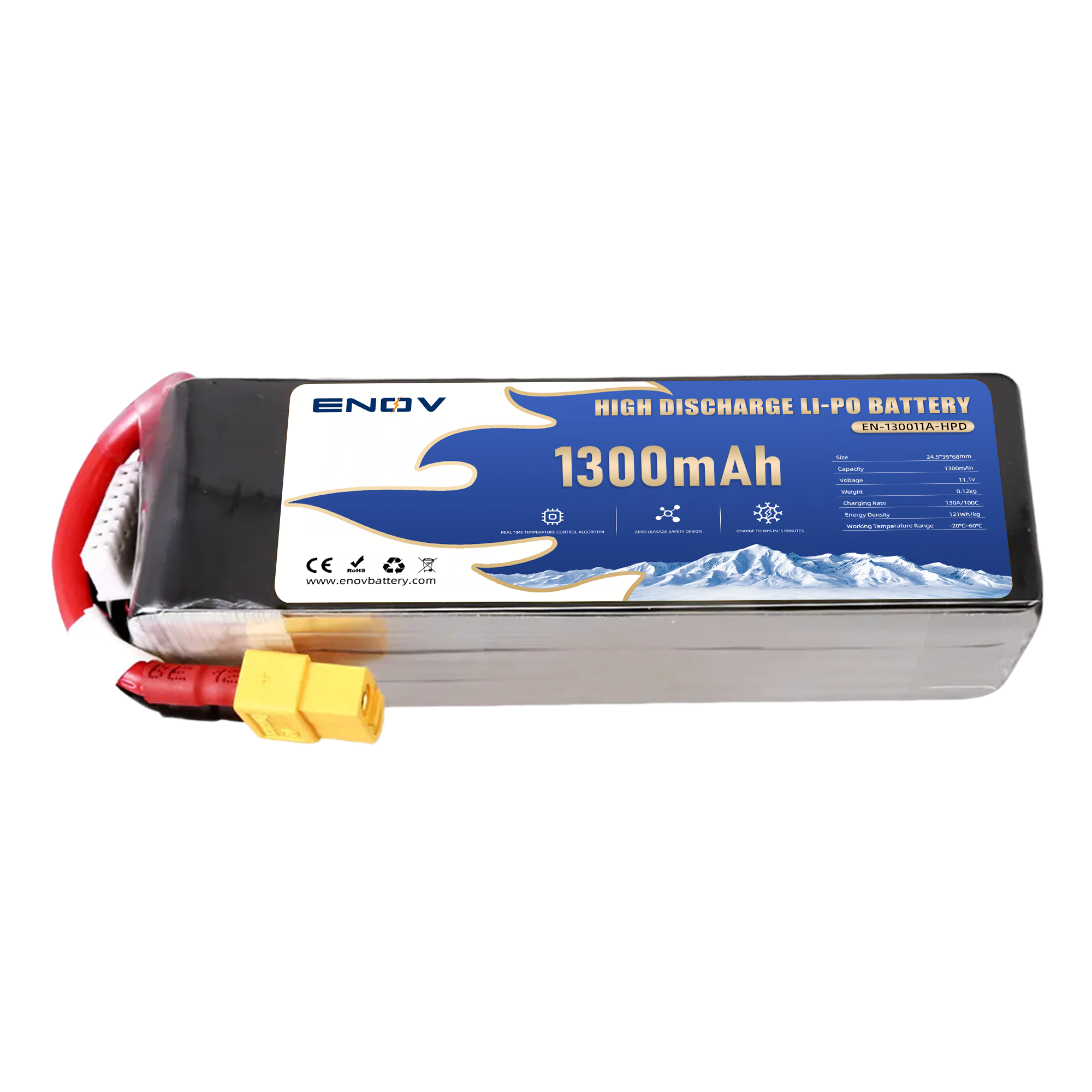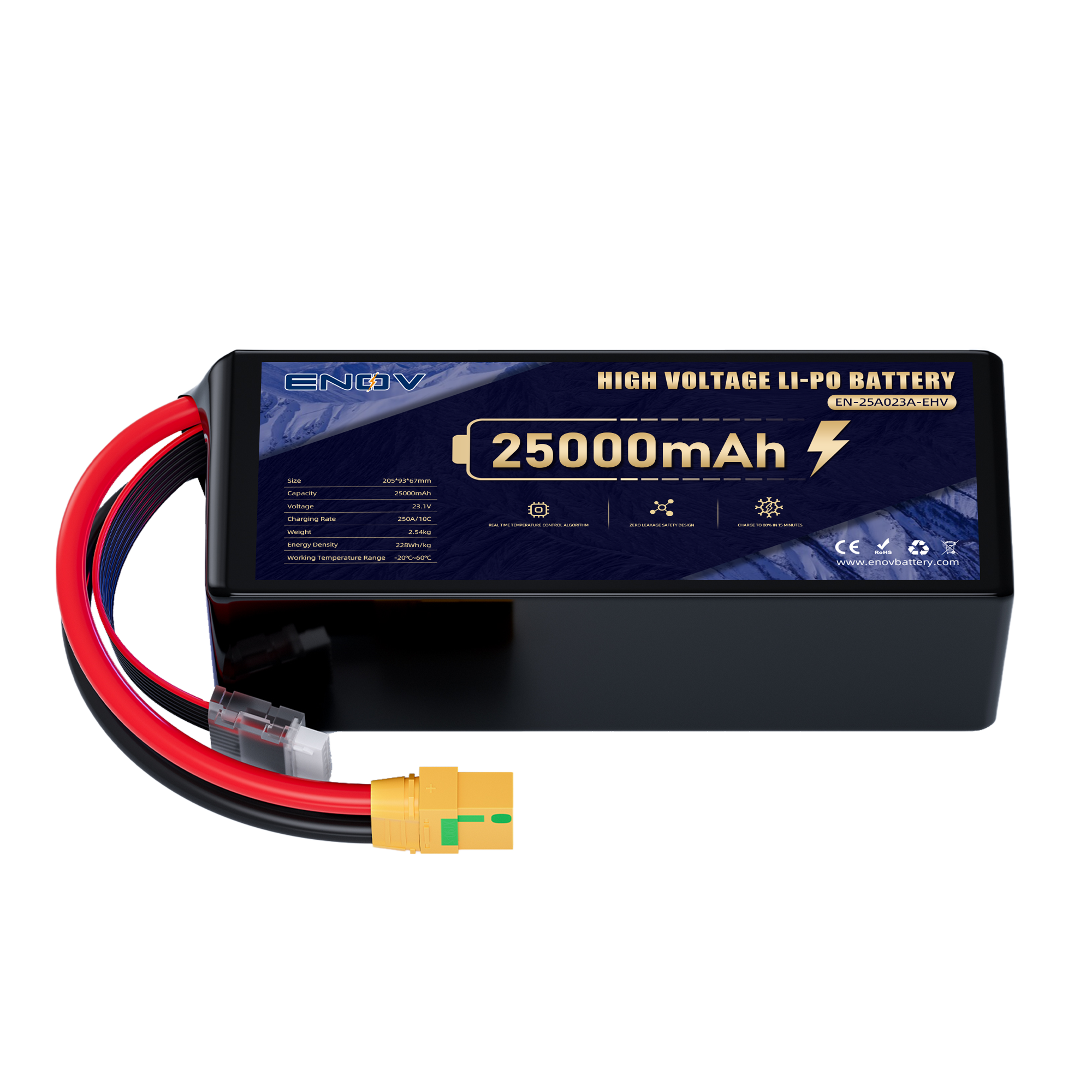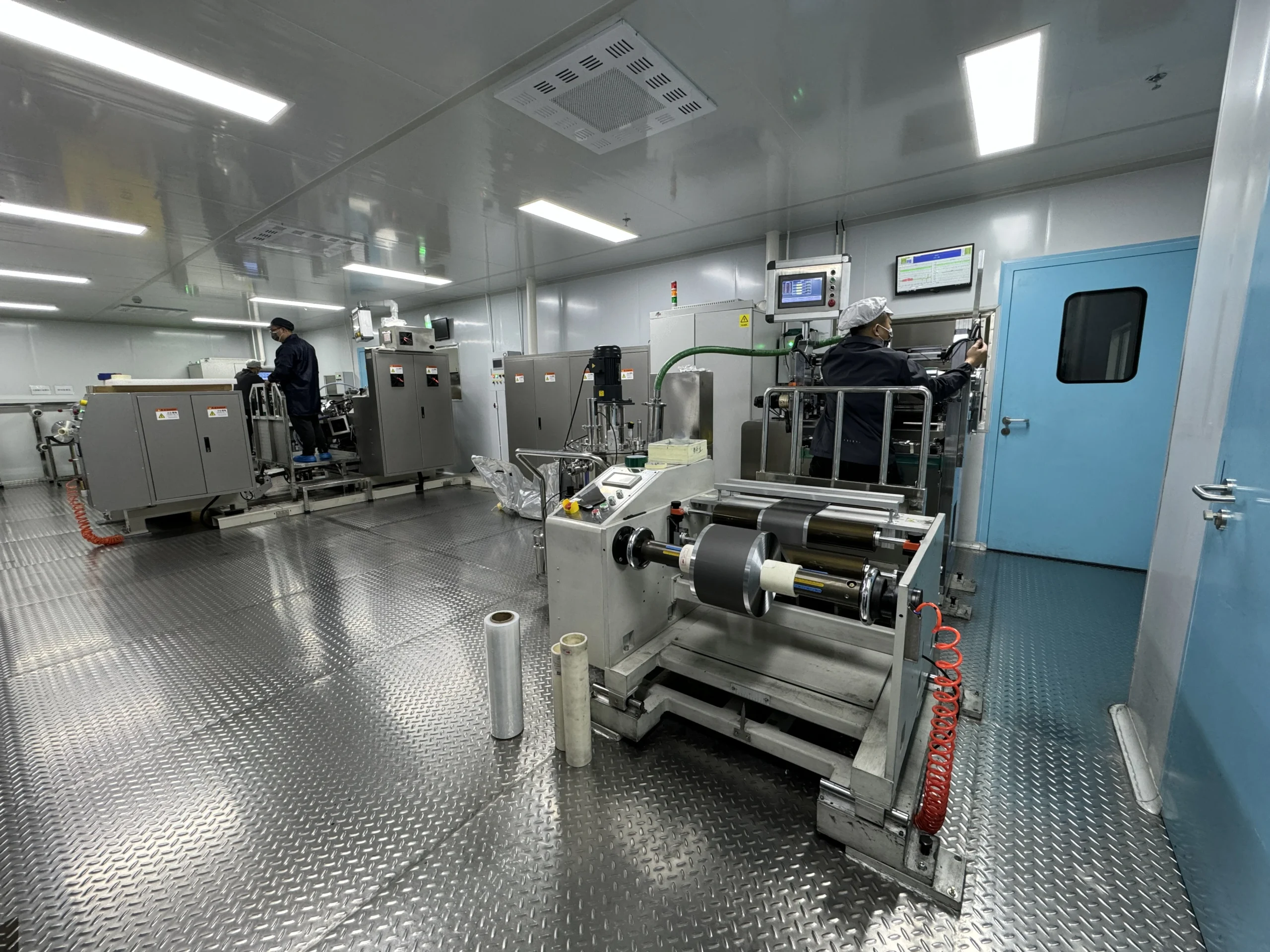Quality Control in Electrode Manufacturing:
Ensuring Reliability Under Stress
Quality Control in Electrode Manufacturing: Ensuring Reliability Under Stress
Quality control in electrode manufacturing is the backbone of producing high-performance batteries capable of enduring mechanical, thermal, and electrochemical stress. Rigorous testing protocols ensure electrodes meet specifications for adhesion, thickness, porosity, and conductivity—critical factors for longevity in demanding applications like electric vehicles (EVs) and grid storage. This article explores key inspection methods, industry standards, and emerging technologies that safeguard electrode integrity from production to deployment.
thrust
Core Elements of Electrode Quality Assurance
Effective quality control hinges on defect prevention, real-time monitoring, and traceability. Electrodes undergo multi-stage evaluations to detect flaws such as coating delamination, particle agglomeration, or uneven thickness. For example, lithium-ion battery anodes require adhesion forces ≥0.5 N/cm² to withstand rolling and slitting processes without cracking .
Critical inspection checkpoints include:
• Coating uniformity: Optical scanners detect variations exceeding ±2μm, preventing hotspots in cells.
• Porosity analysis: Gas adsorption tests ensure 25–35% pore volume for optimal electrolyte saturation.
• Tensile strength: Peel tests validate binder performance under mechanical stress (e.g., silicon anodes need ≥1.2 MPa) .
Automated systems like machine vision cameras and X-ray tomography now achieve 99.9% defect detection rates, minimizing recalls in mass production .
Stress Testing for Real-World Durability
Electrodes must survive extreme conditions without degrading. Accelerated aging tests simulate years of use within weeks:
• Thermal cycling: Exposing electrodes to -40°C to 85°C identifies binder brittleness or active material detachment.
• Compression testing: Applying 10–15 MPa pressure mimics cell stacking forces in EV battery packs.
• Electrochemical stress: Repeated charge-discharge cycles measure capacity fade caused by microcracks or corrosion .
Notably, silicon-based anodes undergo additional torsion tests to assess flexibility, as volume expansion during lithiation can exceed 300% .
Advanced Tools Revolutionizing Quality Control
Innovative technologies are reshaping traditional inspection workflows:
1. AI-powered analytics: Neural networks analyze scanning electron microscopy (SEM) images to classify defects 50% faster than manual reviews.
2. Inline Raman spectroscopy: Monitors binder distribution in real time, reducing solvent residue-related failures by 70%.
3. Digital twins: Virtual models predict how electrode flaws evolve under stress, enabling preemptive corrections .
Sustainable practices are also evolving. Laser ablation systems replace chemical etching for edge trimming, slashing waste generation by 90% while enhancing dimensional precision .
Industry Applications and Compliance Standards
Automotive giants like BMW and CATL enforce ISO 26262 and IATF 16949 standards, mandating statistical process control (SPC) charts to track electrode parameter deviations. Aerospace sectors adhere to AS9100, requiring triple redundancy in critical measurements for satellite batteries. Meanwhile, recyclers employ X-ray fluorescence (XRF) to verify electrode composition before material recovery .
Future trends emphasize predictive quality control. IoT-enabled sensors will feed production data into blockchain systems, creating immutable records for every electrode batch—a game-changer for warranty claims and regulatory audits .
Conclusion
Robust quality control in electrode manufacturing bridges the gap between laboratory breakthroughs and market-ready batteries. By integrating cutting-edge inspection tools, standardized stress tests, and data-driven process optimization, manufacturers deliver electrodes that excel under pressure—literally and figuratively. As industries push toward thinner coatings, novel materials, and faster production, uncompromising quality assurance will remain the linchpin of safe, reliable, and scalable energy storage solutions.
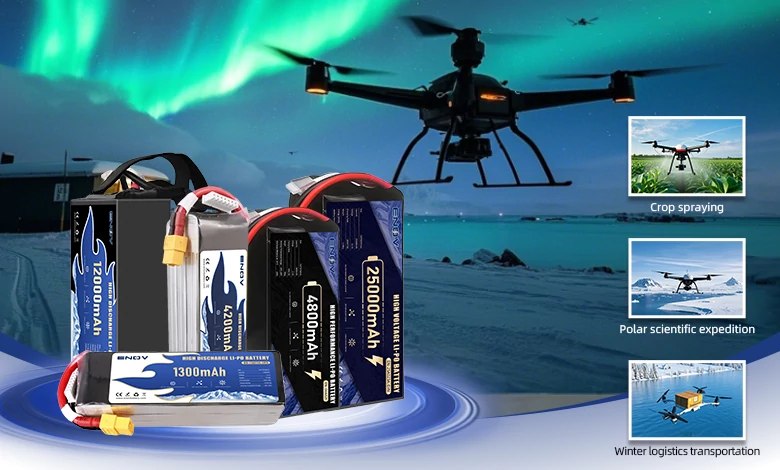
UAV DRONE battery
Enov UAV battery has the most advanced UAV battery new technology, it has a lightweight structural design, ultra-high energy density, stable continuous discharge, customized ultra-high instantaneous discharge, wide temperature working range, stable charge and discharge, battery materials can choose high nickel terpolymer positive/silicon carbon negative material system combined with semi-solid battery technology. Or choose a more mature application of more UAV lithium battery technology, available UAV battery nominal voltage 3.7V, capacity 18.0Ah ~ 30.0Ah, support 10C continuous discharge and 120C pulse discharge (3 seconds). With ultra-high energy density (220-300Wh/kg) as its core advantage, Enov UAV batteries can meet the needs of long-term endurance scenarios such as plant protection drones and transport drones, while maintaining stable emission performance in extremely low temperature environments (-40℃).
Other products
START-STOP LITHIUM BATTERY
LITHIUM ENERGY STORAGE BATTERY
QUICK INQUIRY
FAQ
Access to high frequency technical questions with one click, get accurate answers on product application, after-sales policy and customization process.
Service and Support
Get the latest product specifications, explore professional OEM/ODM customization services, click to open exclusive technical support and production solutions.
Become a Partner
We sincerely invite resources to interconnect, work together for win-win development, and immediately open a new chapter of strategic cooperation!
